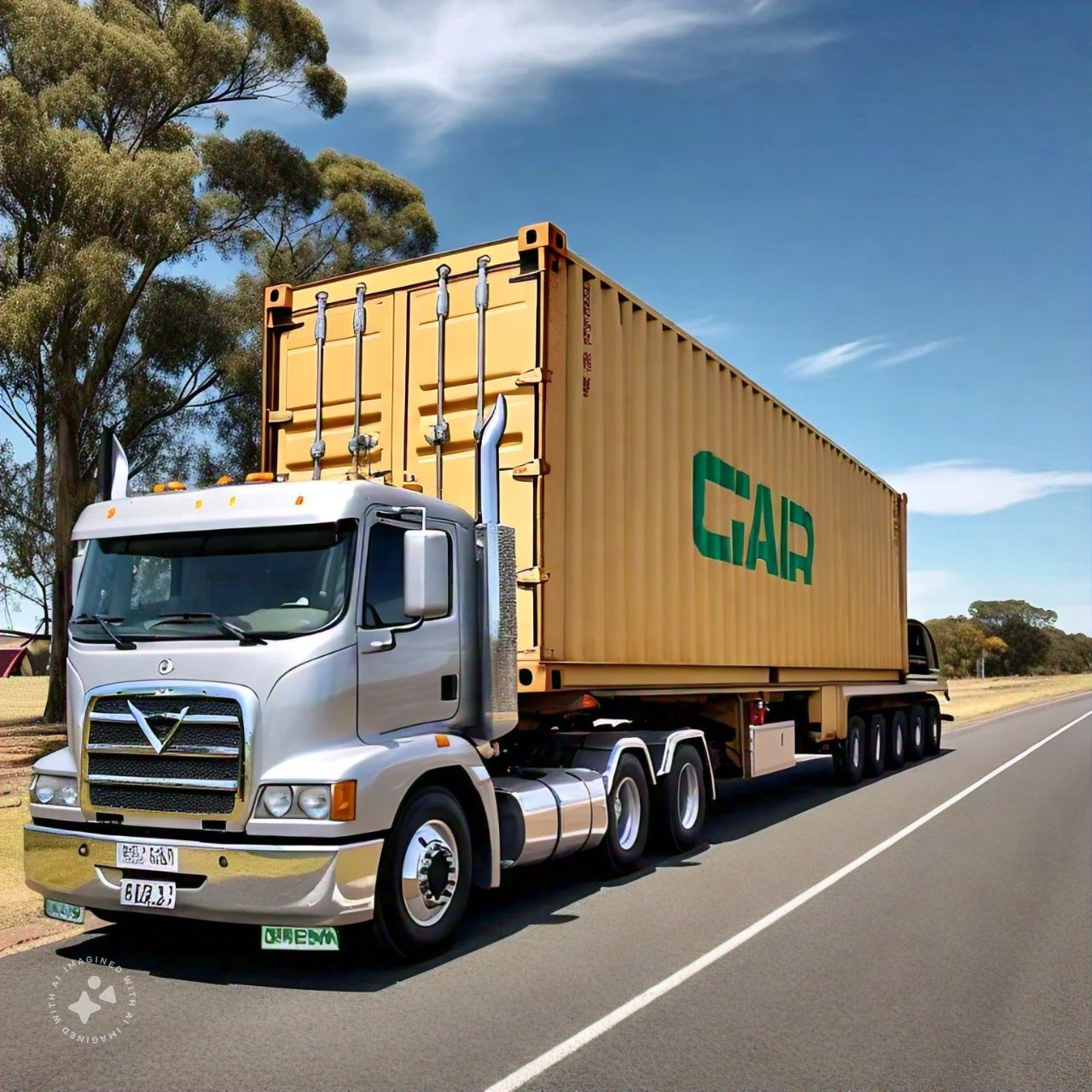Container transport is a vital component of Sydney’s logistics and supply chain network. As the largest city in Australia, Sydney plays a crucial role in both domestic and international trade. This article explores the significance of container transport Sydney, its infrastructure, the challenges it faces, and future prospects for the industry.
Importance of Container Transport in Sydney
Sydney is a major gateway for goods entering and leaving Australia. Its strategic location on the east coast of the country makes it an ideal hub for international shipping routes, particularly those connecting to Asia, the Americas, and Europe. The efficient movement of containers through Sydney is essential for maintaining the flow of goods, which supports the city’s economy and the broader Australian market.
Economic Impact
The economic impact of container transport in Sydney cannot be overstated. The Port of Sydney, particularly Port Botany, is one of the busiest container ports in the country. It handles millions of twenty-foot equivalent units (TEUs) annually, facilitating the import and export of a wide range of goods. This includes consumer products, machinery, electronics, and raw materials. The efficient handling and transport of these containers are crucial for the businesses that depend on timely deliveries to operate smoothly.
Employment
The container transport industry in Sydney is also a significant source of employment. Thousands of jobs are directly related to port operations, including dock workers, logistics managers, and customs officials. Additionally, the industry supports a wide range of ancillary services such as trucking, warehousing, and freight forwarding. This creates a substantial employment multiplier effect, benefiting the broader economy.
Key Infrastructure for Container Transport in Sydney
Sydney’s container transport infrastructure is among the most advanced in Australia. The city has invested heavily in developing and maintaining facilities that ensure the smooth handling and movement of containers.
Port Botany
Port Botany is the primary container port in Sydney and the second-largest in Australia. It boasts state-of-the-art facilities that enable efficient loading and unloading of containers. The port is equipped with advanced cranes, automated stacking systems, and extensive container storage areas. Its deep-water berths can accommodate some of the largest container ships in the world, ensuring that Sydney remains a competitive player in global trade.
Road and Rail Connectivity
The efficiency of container transport in Sydney is greatly enhanced by its excellent road and rail connectivity. Major highways and arterial roads link Port Botany to key industrial areas and distribution centers throughout the city and beyond. This ensures that containers can be quickly transported to their final destinations.
The rail network also plays a critical role in container transport. The Port Botany Rail Line connects the port to major freight terminals and intermodal facilities. This reduces congestion on the roads and provides a more sustainable and efficient means of transporting containers over longer distances.
Intermodal Terminals
Intermodal terminals in Sydney facilitate the seamless transfer of containers between different modes of transport, such as from ship to rail or truck. These terminals are strategically located to optimize the flow of goods and reduce transit times. They play a crucial role in ensuring that Sydney’s container transport system operates smoothly and efficiently.
Challenges Facing Container Transport in Sydney
Despite its advanced infrastructure, the container transport industry in Sydney faces several challenges that need to be addressed to maintain and improve efficiency.
Congestion
Congestion is a significant issue at Port Botany, particularly during peak periods. The high volume of container traffic can lead to delays in loading and unloading ships, as well as in moving containers to and from the port. This congestion can have a ripple effect, causing delays throughout the supply chain and increasing costs for businesses.
Environmental Concerns
Container transport, particularly by road, contributes to environmental pollution. The heavy trucks used to transport containers generate significant amounts of greenhouse gases and contribute to traffic congestion. There is growing pressure on the industry to adopt more sustainable practices, such as using cleaner fuels and investing in electric or hybrid vehicles.
Infrastructure Upgrades
While Sydney’s container transport infrastructure is robust, there is always a need for ongoing upgrades and maintenance. As the volume of trade continues to grow, the city must invest in expanding port facilities, improving road and rail networks, and enhancing intermodal terminals. Failure to do so could result in bottlenecks and inefficiencies that hamper the flow of goods.
Regulatory Challenges
The container transport industry in Sydney is subject to various regulations at both the state and federal levels. Navigating these regulations can be complex and time-consuming, particularly for businesses that operate across multiple jurisdictions. Ensuring compliance with safety, environmental, and operational standards is essential, but it can also be a significant administrative burden.
Future Prospects for Container Transport in Sydney
Despite these challenges, the future of container transport in Sydney looks promising. Several trends and developments are likely to shape the industry in the coming years.
Technological Advancements
Technology is playing an increasingly important role in container transport. Automation, artificial intelligence (AI), and data analytics are being used to streamline operations and improve efficiency. Port Botany is investing in automated systems to handle containers, while logistics companies are using AI to optimize routes and reduce fuel consumption. These advancements are expected to enhance the efficiency and reliability of container transport in Sydney.
Sustainability Initiatives
There is a growing emphasis on sustainability within the container transport industry. Shipping companies are exploring cleaner fuel alternatives, such as liquefied natural gas (LNG) and biofuels, to reduce emissions. The adoption of electric and hybrid trucks for short-haul transport is also gaining traction. These initiatives are aimed at reducing the environmental impact of container transport and making the industry more sustainable.
Infrastructure Investments
Sydney is committed to investing in its transport infrastructure to support the growth of container transport. Major projects, such as the WestConnex motorway and the Inland Rail project, are designed to improve connectivity and reduce congestion. These investments are expected to enhance the efficiency of container transport and support the continued growth of trade through Sydney.
E-Commerce Growth
The rise of e-commerce is likely to drive demand for container transport in Sydney. As online retail continues to grow, there will be increased demand for efficient logistics solutions to move goods quickly from ports to warehouses and consumers. This trend is likely to lead to further innovations in the transport industry, with a focus on faster delivery times and optimized supply chains.
Conclusion
Container transport Sydney’s is a cornerstone of Sydney’s economy, enabling the efficient movement of goods both domestically and internationally. The city’s advanced infrastructure, strategic location, and commitment to innovation position it as a key hub for global trade. While the industry faces challenges such as congestion, environmental concerns, and regulatory complexities, ongoing investments in technology and infrastructure, along with a focus on sustainability, are expected to drive its continued growth.
As Sydney continues to evolve as a major player in the global container transport industry, it will play a crucial role in shaping the future of trade in Australia and beyond. By addressing the challenges and embracing the opportunities, Sydney can ensure that its container transport system remains efficient, sustainable, and competitive in the years to come.



